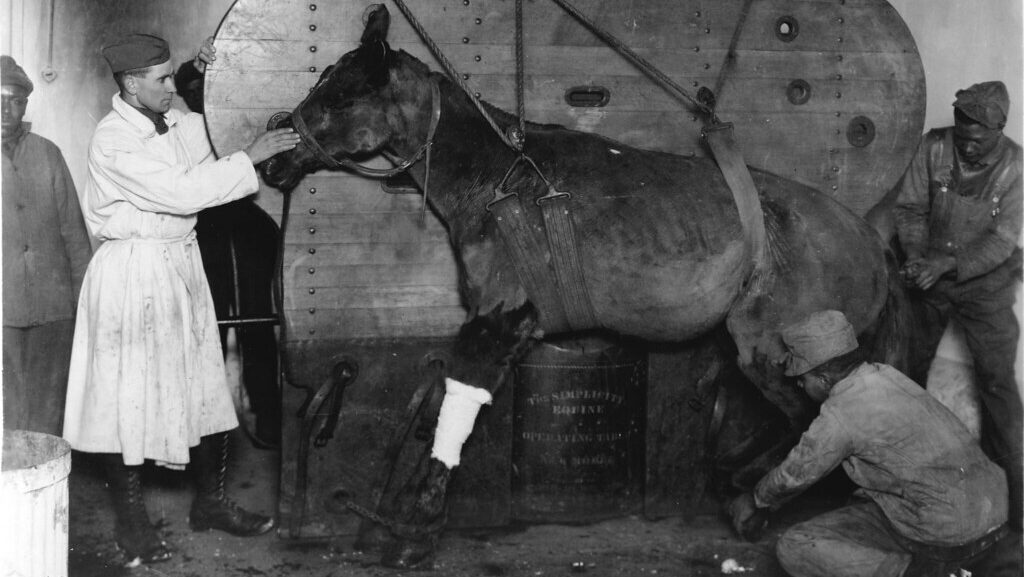Caring for a horse after surgery requires dedication, careful monitoring, and specific knowledge about post-operative care. The recovery period is crucial for your equine companion’s healing process and can significantly impact the long-term outcome of the procedure. Whether your horse has undergone colic surgery, orthopedic repair, or any other surgical intervention, providing the right care during this vulnerable time will help ensure a smooth recovery. This comprehensive guide will walk you through the essential steps and considerations for nursing your horse back to health after surgery, from creating the right environment to managing pain, monitoring vital signs, and gradually reintroducing exercise.
Understanding the Post-Surgical Period
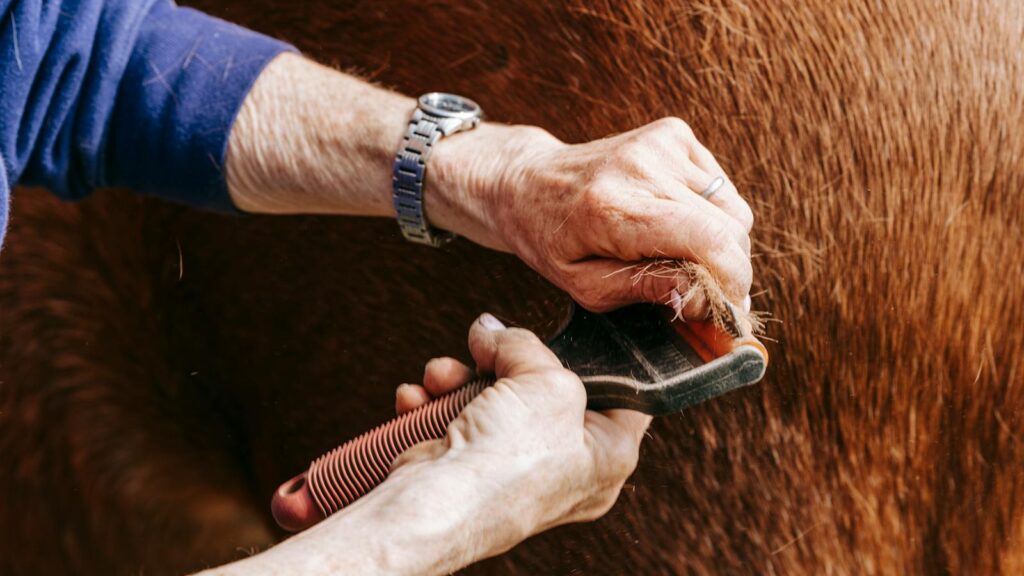
The first few days following surgery are typically the most critical for your horse’s recovery. During this time, your horse’s body is working hard to heal from both the original condition and the surgical intervention itself. Complications such as infection, dehiscence (opening of the surgical wound), adverse reactions to medications, or post-anesthetic problems can emerge during this period. Your veterinarian will provide specific instructions based on the type of surgery performed, your horse’s individual health status, and the expected recovery timeline. Establishing open communication with your veterinary team is essential, as they can help you understand what “normal” recovery looks like versus signs that might indicate a complication. Having a clear understanding of the recovery process will help you provide the best care possible while managing your own expectations about your horse’s healing journey.
Creating an Ideal Recovery Environment
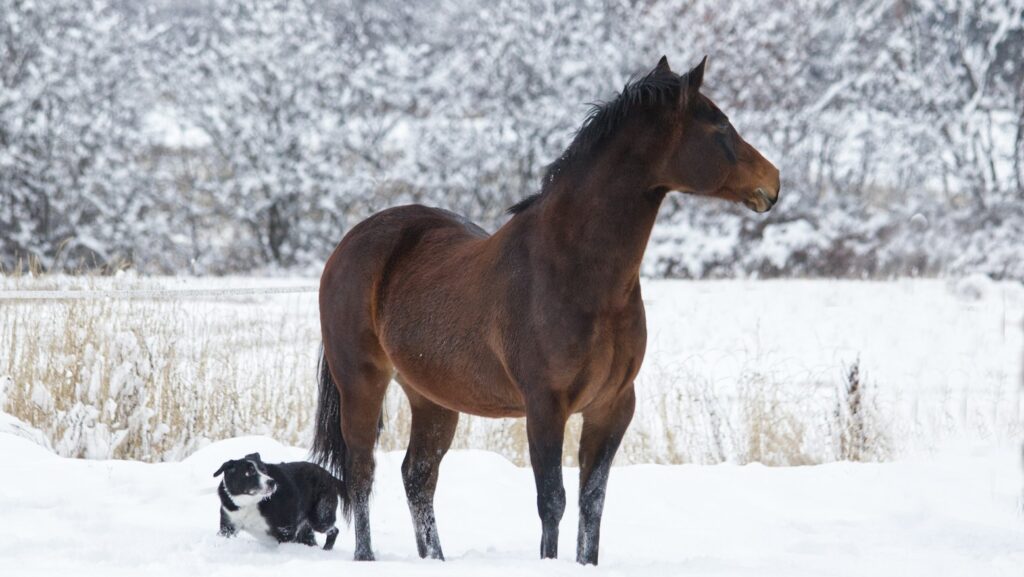
The recovery environment plays a significant role in your horse’s healing process. Ideally, prepare a clean, quiet stall with good ventilation and minimal dust to reduce the risk of respiratory issues. Use deep, soft bedding such as shavings or straw, depending on the type of surgery and your veterinarian’s recommendations, to provide comfort and prevent pressure sores during extended periods of lying down. Ensure the stall is large enough for the horse to move around safely but contained enough to limit excessive movement if restricted activity is required. Remove any hazards like protruding nails, splinters, or items that could cause injury if the horse becomes restless. Install a secure but visible stall guard rather than a solid door when possible, as this allows your horse to see other horses and barn activities, reducing stress from isolation while still keeping them contained.
Managing Pain and Medication

Pain management is crucial for your horse’s comfort and healing process after surgery. Your veterinarian will prescribe appropriate pain medications, which might include non-steroidal anti-inflammatory drugs (NSAIDs) like phenylbutazone or flunixin meglumine, or stronger analgesics in some cases. It’s essential to administer these medications exactly as prescribed, at the correct dosage and frequency, even if your horse appears comfortable. Untreated pain can lead to stress, reduced appetite, and complications in the healing process. Be vigilant about monitoring for side effects of medications, such as decreased appetite, changes in manure consistency, or signs of gastric discomfort. Some medications may require careful monitoring of blood work during the treatment period, so follow your veterinarian’s recommendations for follow-up care. Creating a medication schedule and keeping detailed records of administration times will help ensure you’re providing consistent pain relief throughout the recovery period.
Wound Care and Infection Prevention
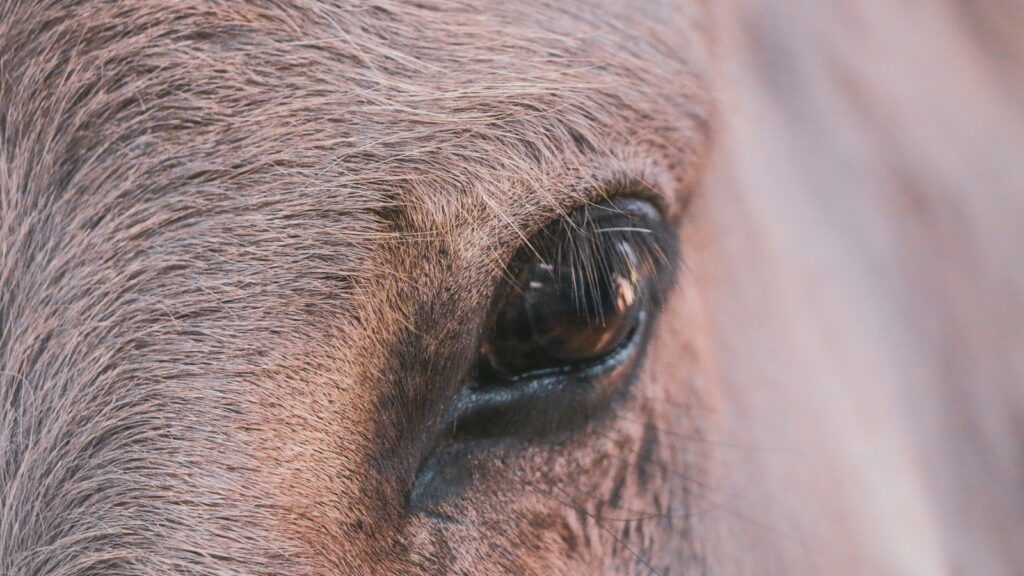
Proper wound management is essential to prevent infection and promote healing of the surgical site. Follow your veterinarian’s specific instructions for cleaning and dressing the wound, which may include gentle cleaning with antiseptic solutions, applying prescribed topical medications, or changing bandages at specified intervals. Watch for signs of infection such as increased swelling, heat, pain, redness, or discharge from the incision site, especially any yellow or foul-smelling discharge. Monitor the wound for proper healing progression—the edges should remain closed, with gradual reduction in swelling and progressive healing visible over time. If staples or external sutures were used, note when they should be removed according to your veterinarian’s timeline. Creating a clean environment around the horse is equally important; regularly clean the stall, provide fresh bedding, and consider using fly sheets or masks during fly season to prevent insects from irritating the wound.
Nutrition for Optimal Recovery
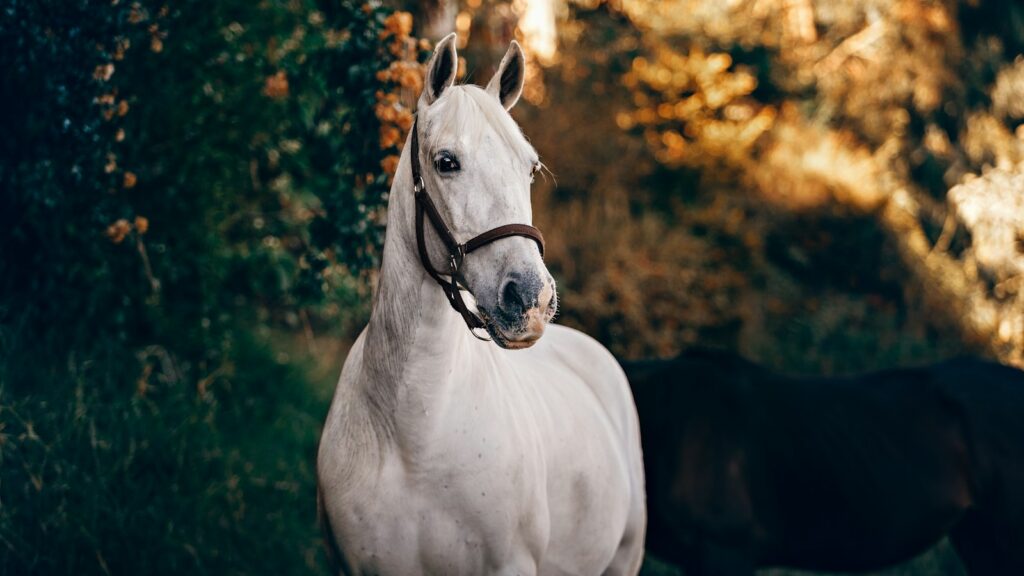
Proper nutrition is fundamental to healing and recovery after surgery. Your horse may need dietary adjustments based on their specific condition, the type of surgery performed, and their current body condition. For major surgeries or prolonged recoveries, your horse may benefit from increased protein intake to support tissue repair and immune function. Ensure easy access to fresh, clean water at all times, as proper hydration is crucial for recovery and can help prevent complications like impaction colic. If your horse is reluctant to eat, try offering small, frequent meals of highly palatable feeds, fresh grass (if allowed), or their favorite treats to stimulate appetite. In some cases, your veterinarian might recommend specific supplements to support healing, such as vitamin E, omega-3 fatty acids, or specific amino acids like glutamine. Work with your veterinarian or an equine nutritionist to develop a recovery feeding plan tailored to your horse’s specific needs.
Monitoring Vital Signs
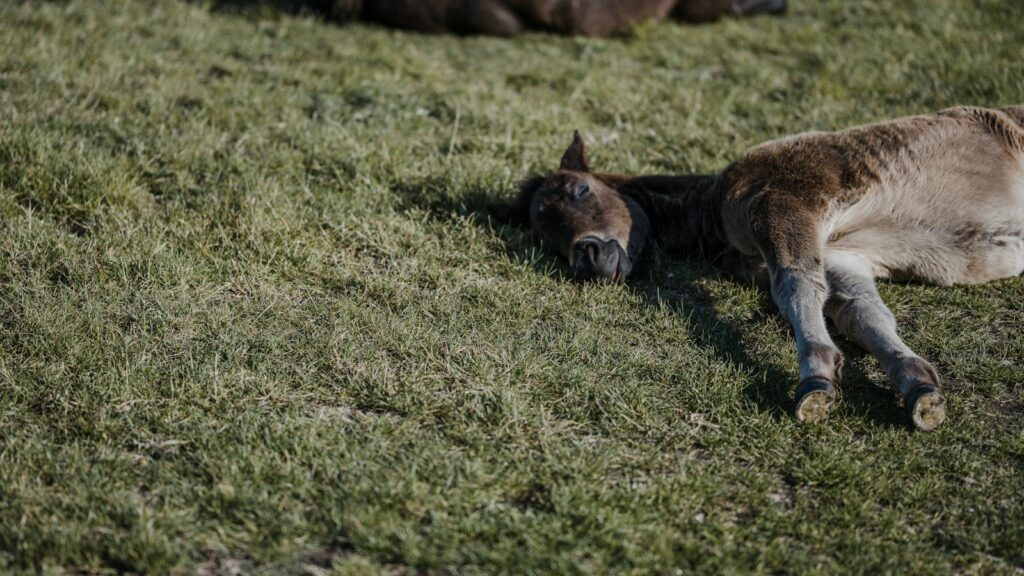
Regular monitoring of your horse’s vital signs provides crucial information about their recovery progress and can help detect complications early. Learn how to check your horse’s temperature, pulse, and respiration rate (TPR), and establish what’s normal for your individual horse before surgery if possible. For reference, normal adult horse vital signs typically include a temperature of 99-101.5°F (37.2-38.6°C), a heart rate of 28-44 beats per minute, and a respiration rate of 8-16 breaths per minute. Monitor these signs at consistent times daily, recording the results to track any trends or changes. Additionally, observe your horse’s mucous membrane color (inside the lips or gums), which should be pink and moist, and capillary refill time (how quickly color returns when you press on the gum and release), which should be 1-2 seconds. Any significant deviation from normal parameters or established patterns warrants a call to your veterinarian.
Recognizing Signs of Complications
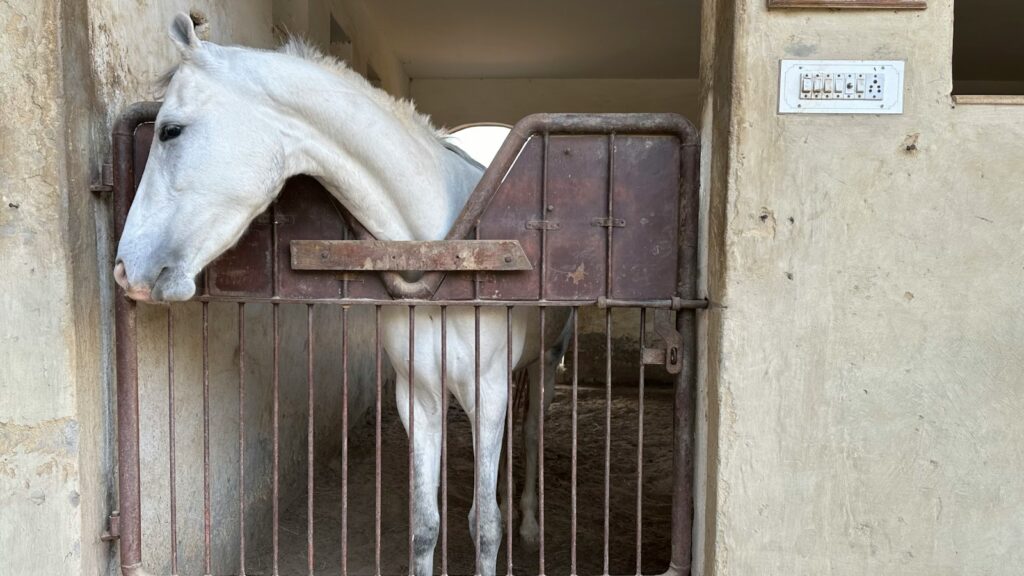
Being able to identify potential complications quickly can be life-saving for your recovering horse. Beyond changes in vital signs, watch for behavioral indicators of discomfort or pain, such as restlessness, pawing, looking at the flanks, grinding teeth, or unusual posturing. After abdominal surgery, be particularly vigilant for signs of post-operative colic, including reduced or absent gut sounds, lack of manure production, or reluctance to eat. Following orthopedic procedures, monitor for excessive swelling, heat, or increasing lameness in the affected limb. Respiratory complications may present as increased effort breathing, abnormal nasal discharge, or coughing. Be alert for signs of laminitis (founder), which can develop as a complication of stress, pain, or certain medications, particularly in the feet opposite to an injured limb that’s bearing extra weight. Document any concerning observations with photographs when possible, as this can help your veterinarian assess changes over time.
Controlled Exercise and Rehabilitation
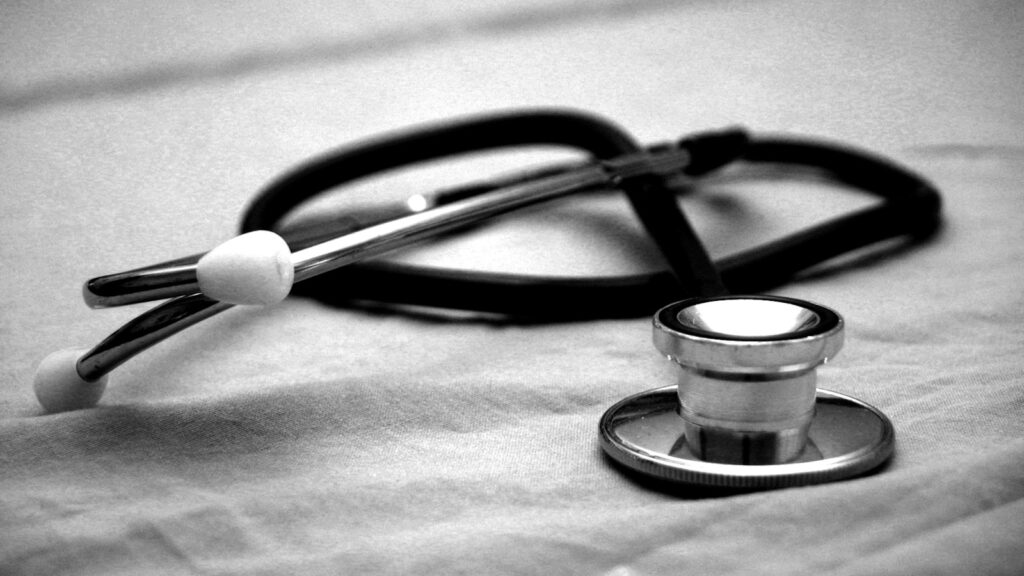
Following your veterinarian’s guidelines for activity restriction and gradual return to exercise is critical for proper healing. The specific protocol will vary dramatically depending on the type of surgery performed—from strict stall rest for some conditions to controlled hand-walking within days for others. Never advance the exercise program without veterinary approval, even if your horse seems eager for more activity. When beginning hand-walking, start with short sessions (5-10 minutes) on level, firm ground, gradually increasing duration as recommended by your veterinarian. If rehabilitation exercises like carrot stretches or specific movement patterns are prescribed, perform them consistently as directed. For orthopedic surgeries, your veterinarian might recommend supportive therapies such as cold therapy (icing), controlled passive flexion exercises, or specialized wrapping techniques. Document your horse’s response to the prescribed exercise program, noting any changes in comfort level, movement quality, or swelling patterns.
Managing Stall Rest Challenges
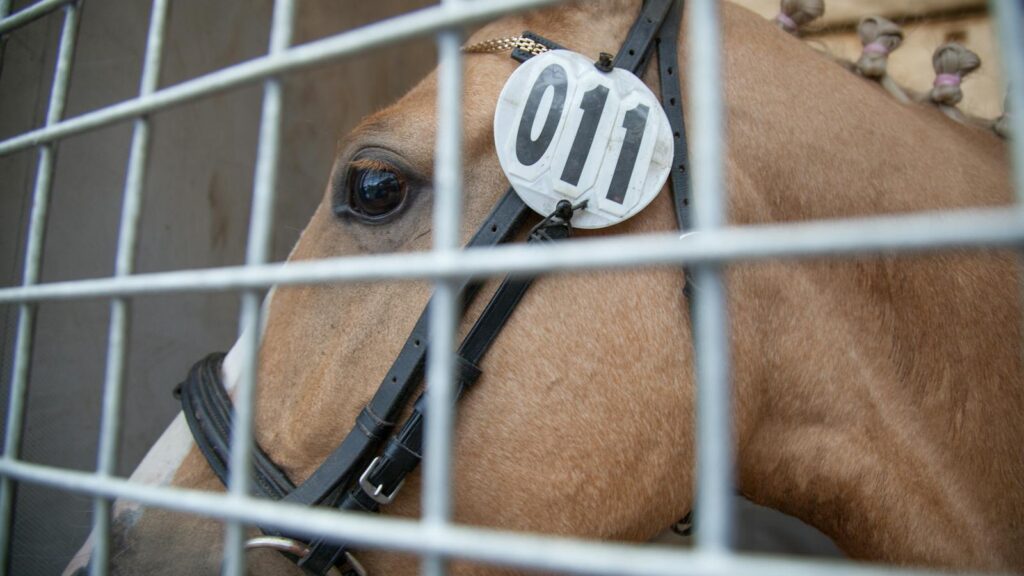
Extended stall rest presents both physical and psychological challenges for horses accustomed to regular turnout and exercise. To help your horse cope with confinement, establish an engaging daily routine with regular feeding times, grooming sessions, and human interaction. Provide mental stimulation through safe toys designed for horses, such as hanging balls, lick blocks, or treat-dispensing puzzles that encourage natural foraging behaviors. Position the stall so your horse can see barn activities and other horses, which helps reduce the stress of isolation. For horses that become particularly anxious or develop stereotypic behaviors like weaving or stall walking, consult with your veterinarian about appropriate calming supplements or, in some cases, mild sedatives to prevent self-injury during recovery. Using slow-feeder hay nets can extend feeding time and provide occupation while supporting gut health through consistent small amounts of forage.
Specialized Care for Orthopedic Surgeries

Horses recovering from orthopedic surgeries require specific care strategies focused on supporting proper bone and soft tissue healing. Strict adherence to weight-bearing restrictions is essential, which may include stall confinement, specialized supportive bandaging, or even sling support in certain cases. Cold therapy (icing) may be recommended during the initial healing phase to reduce inflammation and pain, typically applied for 15-20 minutes several times daily according to your veterinarian’s protocol. As healing progresses, controlled physiotherapy exercises might be introduced to maintain joint mobility while supporting muscle tone. For surgeries involving implants such as screws or plates, your veterinarian will schedule follow-up radiographs (X-rays) to assess healing and implant position. Some cases benefit from additional therapies such as therapeutic ultrasound, shockwave therapy, or laser treatments to promote healing and reduce pain, which your veterinarian can incorporate into the recovery plan or refer you to an equine rehabilitation specialist.
Special Considerations for Colic Surgery Recovery

Horses recovering from colic surgery face unique challenges related to their digestive system and typically require specialized nutritional management. Your veterinarian will provide a specific refeeding protocol, usually beginning with small, frequent amounts of fresh water and gradually introducing soaked hay or mashes before slowly reintroducing regular feed. Monitoring manure output is particularly important after colic surgery—document the frequency, consistency, and volume of manure production, as changes can indicate developing complications. Abdominal incisions are large and require careful monitoring for signs of infection or dehiscence (separation of the wound edges). Some horses may develop adhesions (abnormal connections between tissues) following abdominal surgery, which can manifest as intermittent colic symptoms during recovery. Movement is important for stimulating gut motility, so the hand-walking schedule recommended by your veterinarian should be followed diligently, even though it must be balanced with the need for incision healing.
Working with Your Veterinary Team

Maintaining close communication with your veterinary team throughout the recovery process ensures you can address concerns promptly and adjust the care plan as needed. Schedule regular follow-up appointments for wound checks, suture removal, progress evaluations, or specific treatments as recommended by your veterinarian. Between appointments, keep a detailed log of your observations, including medication administration, temperature readings, appetite, manure production, and behavioral notes, which provides valuable information for your veterinary team. Don’t hesitate to contact your veterinarian with questions or concerns—it’s always better to discuss potential issues early rather than waiting until complications become severe. As your horse progresses through recovery, work with your veterinarian to develop a gradual return-to-work plan appropriate for your horse’s condition and intended use. This collaborative approach will help maximize the chances of a successful outcome and full return to function.
Building a Support System
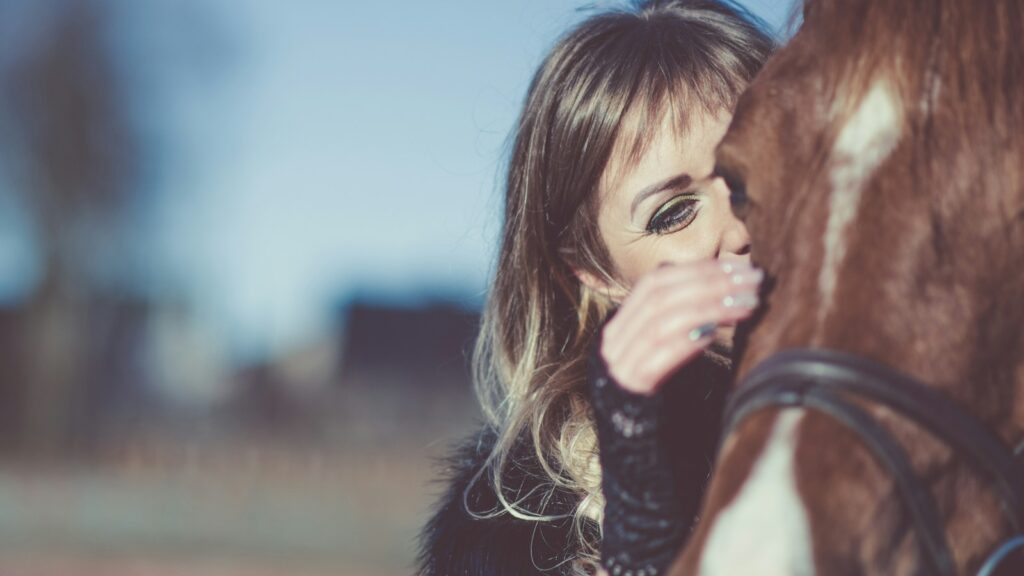
Caring for a horse recovering from surgery can be physically demanding, emotionally draining, and time-intensive. Establishing a reliable support network is invaluable during this challenging period. If possible, create a schedule with trusted barn mates, friends, or family members who can assist with care responsibilities, particularly for tasks requiring multiple people or for coverage when you need a break. Ensure everyone involved in your horse’s care understands the recovery protocol, medication schedule, and signs of potential complications to watch for. Consider creating a detailed written care plan posted at your horse’s stall for reference. Connect with others who have been through similar experiences, either in person or through online support groups, as they can provide emotional support and practical advice based on their experiences. Remember that caring for yourself is also important—maintaining your own physical and mental well-being will allow you to provide better care for your recovering equine partner.
Conclusion
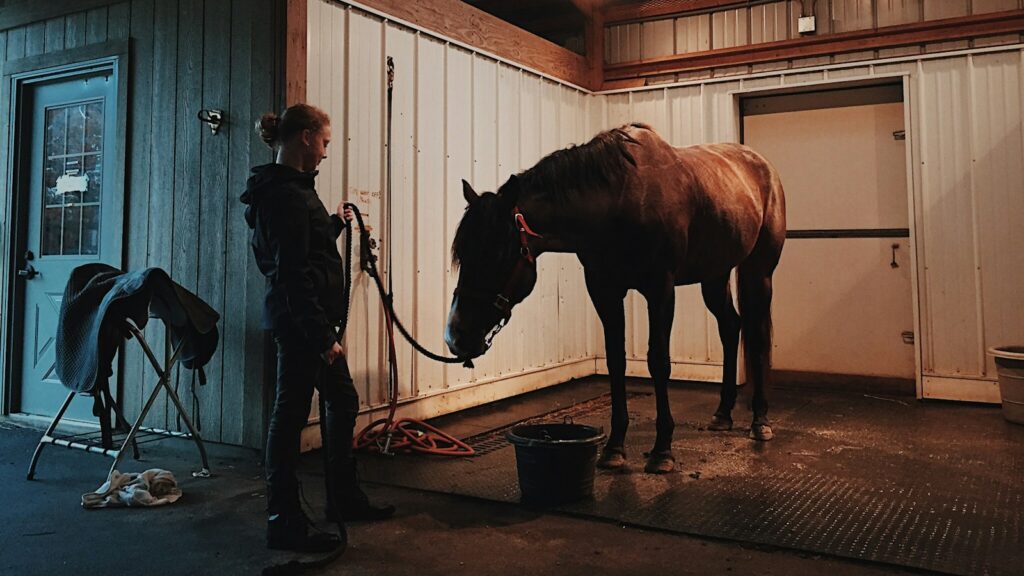
Nursing a horse through post-surgical recovery requires patience, vigilance, and dedication. By creating an appropriate healing environment, diligently following your veterinarian’s instructions for medication and wound care, providing proper nutrition, and carefully monitoring your horse’s condition, you can significantly improve the chances of a successful outcome. Each recovery journey is unique, with its own challenges and timeline. Celebrate small victories along the way, and remember that the careful attention you provide during this critical period is an investment in your horse’s future health and performance. With proper care and the guidance of your veterinary team, most horses can return to their previous level of activity and continue to be cherished companions for years to come.

